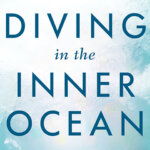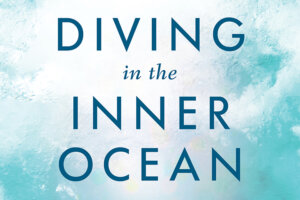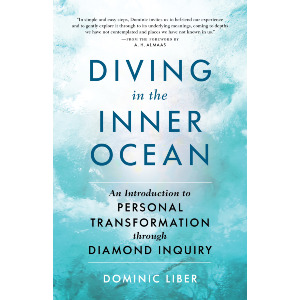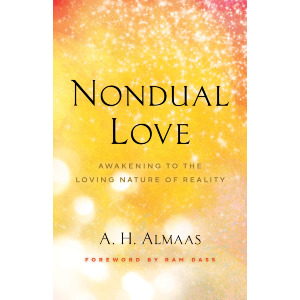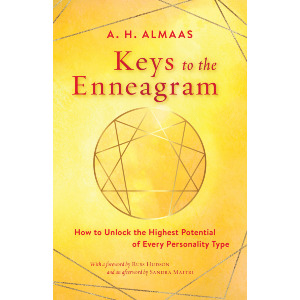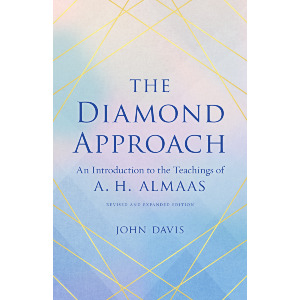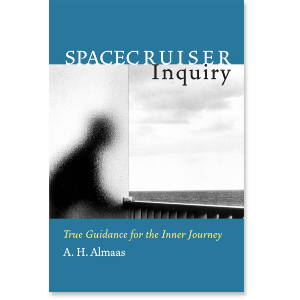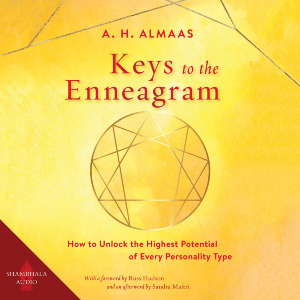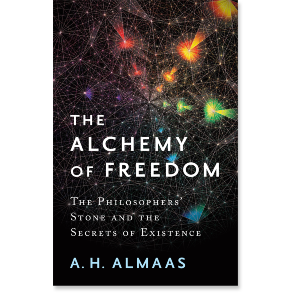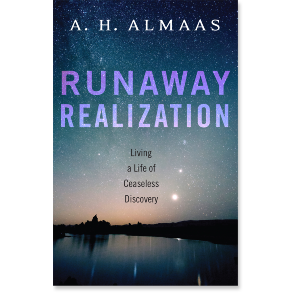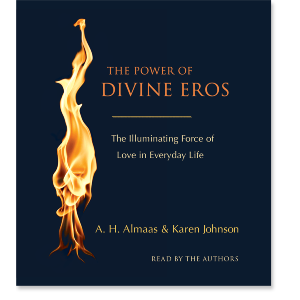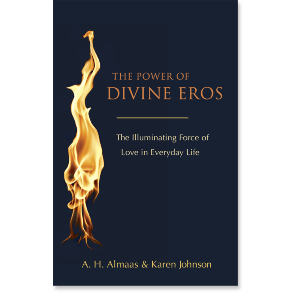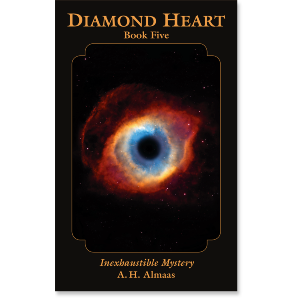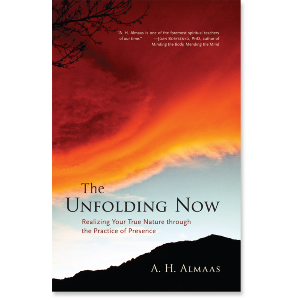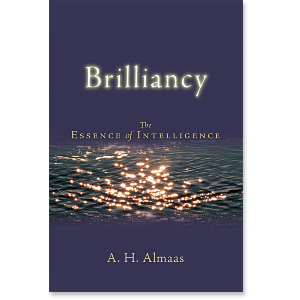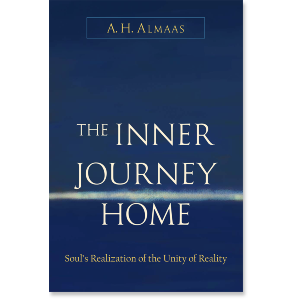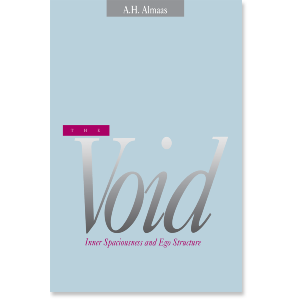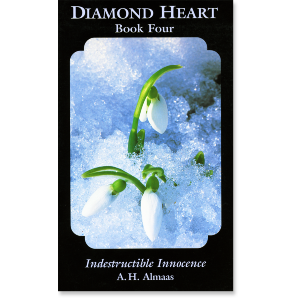The Inner Ocean
In the sea, the fish, shells, seaweed, and coral are all linked with one another and with the water conditions, temperature, rock formations, and nearby cities. Similarly, your feelings and beliefs, your history and the personal details of what you love or enjoy, and the very qualities of your human nature itself are all intimately and meaningfully connected in the ecosystem of your inner life.
In diamond inquiry, you directly explore your conscious experience in a way that unlocks these potentials. You consciously enter into the very palpable sense of your experience and explore it just like a diver exploring a reef. You will discover wondrous treasures, terrifying monsters, deep trenches, infinite expanses, and limitless potential and freedom. You will find the snarled-up discarded fishing nets from years ago that are keeping the inner life-forms trapped within you. As you explore and understand what you find, it transforms and some new potential that was hidden within the garbage emerges with unforeseen beauty.
In diamond inquiry you are exploring your very consciousness itself. It is intimate, immediate, personal, meaningful, and relevant.
Best of all, in a way that even real ocean scuba diving cannot match, these discoveries are you—they are the very nature of who and what you actually are. The inner world is invisible to the ordinary eye at first. But as you learn how to see and touch this world, the adventure becomes even more immersive than the highest definition or most vivid 3D television or movie. You are not exploring something outside of yourself; in diamond inquiry you are exploring your very consciousness itself. It is intimate, immediate, personal, meaningful, and relevant. It brings you to that which feels most meaningful and central in any given aspect of your life.
And just like diving in the outer ocean, at the beginning it takes a certain amount of time in the proverbial pool to get used to the gear and to learn how to orient yourself and get about. You need to find your way around what might seem like a muddy little resort pond for a bit, before you clear the outlet into the swampy bay, and then the magnificent reef beyond, with glistening pearls hidden in the depths.
A. H. Almaas, one of the originators of the Diamond Approach, likens inquiry to a space cruiser in his book Spacecruiser Inquiry. The practice is a vehicle of inner travel through which you explore different inner experiential worlds, galaxies, and even universes. So perhaps diving and exploring the seas on this world is a good analogy for the first step toward exploring other planets. This book is intended to help you get started. It is a guide to entering the shallows of the inner world. If this whets your appetite for inner exploration and adventures, then when you have your bearings in the earthly seas, the distant planets and galaxies will be waiting.
Exercise: Peeking Below
For this informal exploration, you can just sit comfortably in a quiet spot. This will take about five to ten minutes. You can keep a notebook or journal next to you if you like. As you do this exercise, you can speak your observations out loud or jot down notes on paper.
In this first exercise, you will simply take some time to be aware of the elements appearing in the flow of your inner world right now in what we call a continuum of awareness. You are going to dip your head into the water and look around to see how the water is, what sort of seabed you are over, what fish are swimming nearby—by this, I mean whatever arises in your awareness as you are doing this practice. What kind of feelings are around? What is on your mind? What sensations are you in touch with? Just peek at your immediate awareness now and see what you find arising in your experience this moment. Inquiry is always about the direct immediacy of your experience, and this is the first moment in this book to check that out directly.
Take your time as you are doing this exercise, as if you are totally at leisure. There is no pressure, no rush, no specific thing you are supposed to find, so you cannot get it wrong. See if you can take the attitude of “Hmm . . . what’s here? What’s going on inside me? What am I noticing?” Contemplate your inner world with open interest.
To assist your inquiry, speak your observations out loud, or use a journal to write a sentence or phrase about what you notice. Then take a moment and pause. And then see what is happening in the next moment. You simply keep repeating this moment by moment, looking in to see what is there and noting whatever it happens to be.
The exercise might go something like this, with a comfortable few-seconds pause between each awareness: “I’m experiencing a feeling of curiosity . . . I feel a slight apprehension . . . there’s an ache in my hip . . . I feel excited about my date tonight . . . I have an urge to get up, I’m not sure I want to carry on with this . . . I wonder if I’m doing this right . . . hmm . . . not much . . . still not much . . . I see the view out the windows . . . I feel a sense of stillness . . . the stillness feels like a deep vastness . . .” and so on.
Inquiry is always about the direct immediacy of your experience.
Stay with the flow of your inner experience without particularly trying to do anything to it or make anything happen. If you do find yourself trying to do something or make something happen, then you could simply notice that as what is arising. You might say, “Oh, now I’m trying to find something to say,” or “Now I’m trying to make myself feel good in some way.” If you find yourself judging what you are experiencing, you might just notice and mention that. So the exercise is simply to notice whatever it might be that appears in your awareness moment by moment. It is as inwardly focused as meditation, but it is more active than meditation, in that you are noting out loud or in writing whatever you find happening in your awareness in that moment.
Do this for five or ten minutes. You can use a timer to keep time for you and tell you when to stop.
Afterward, take a breath, in through your nose and out through your mouth. Part of the magic of the inner world is that the very act of getting in touch can begin to change things. So notice how it has affected you to peer into your inner world in this way. Say or write a few sentences about that.
Take some time—perhaps five or ten minutes, a couple of times a day—to dip your head into your inner world and notice what is arising in your consciousness. Be as open and curious as you can be to see whatever shows up from the whole range of inner experience. You are hanging out with this question: “Hmm . . . what’s here . . . what am I experiencing?” You could try this at different times—perhaps when you wake up; after a meditation or yoga session, if you do that; after a workout; after a day at work; or after hanging out with a friend. Different situations will tend to bring up different elements in your inner world. And after you have peered around, take a minute to notice how it has affected you to do so.
Share
Related Books
$21.95 - Paperback
$17.95 - Paperback
$19.95 - Paperback
$39.95 - Paperback


